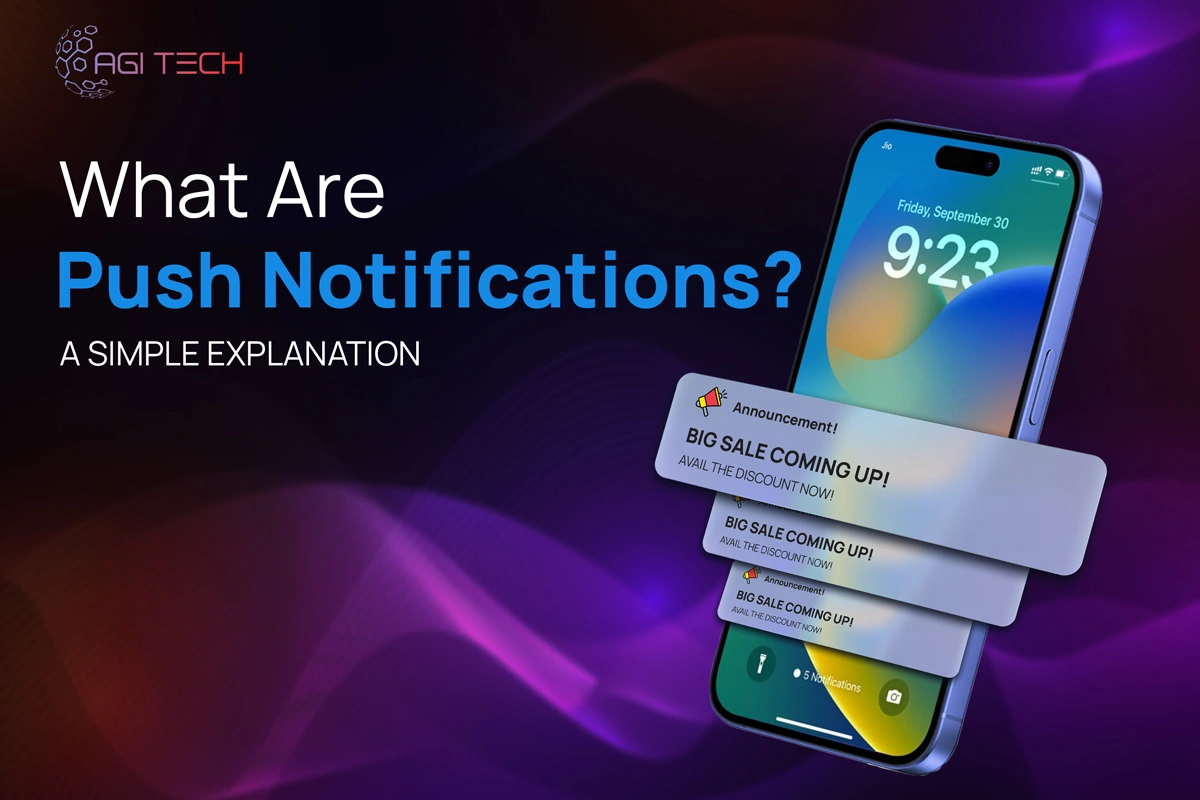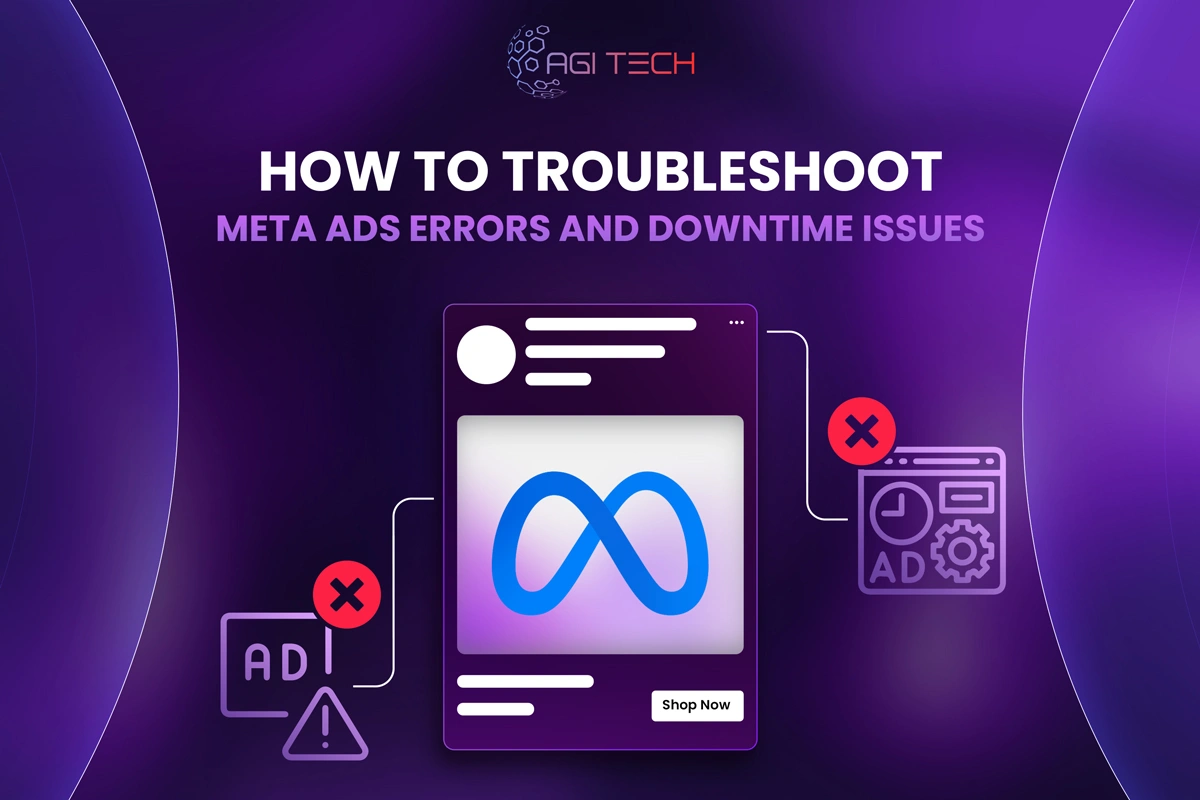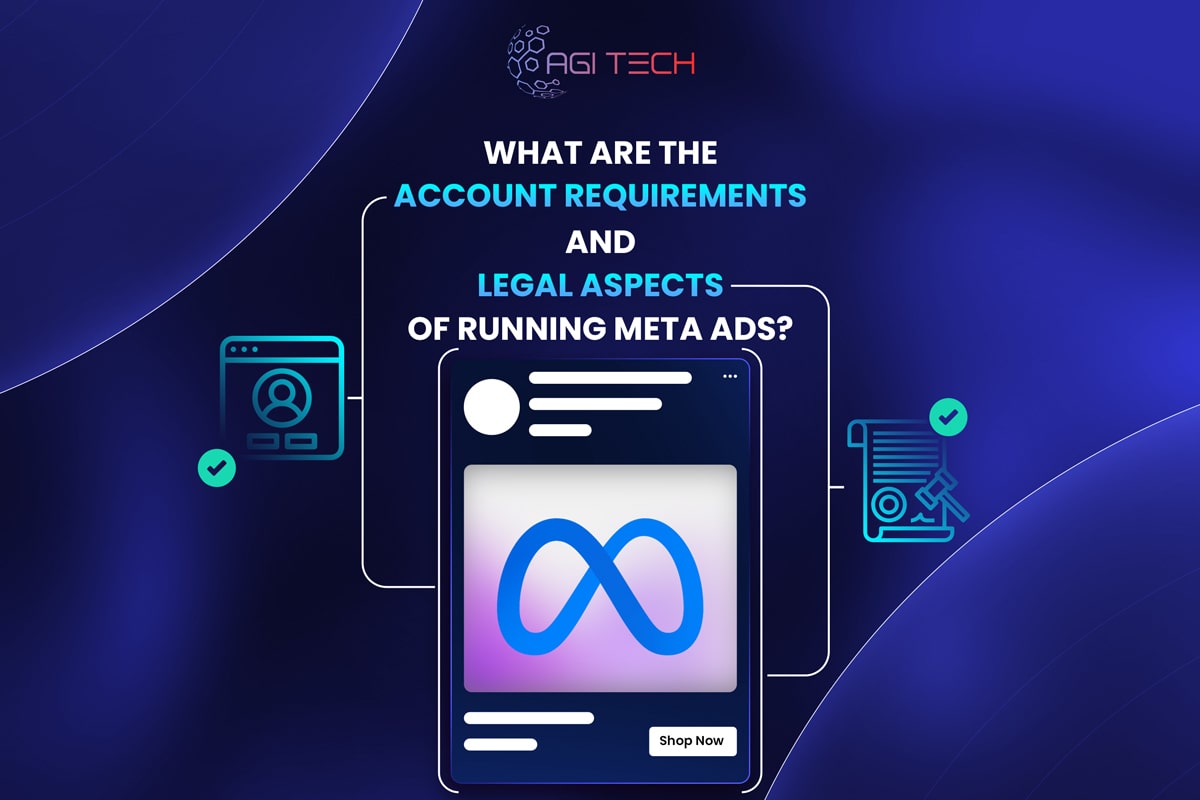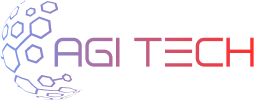Table of Contents
- Why Lead Scoring Matters for Meta Ads Performance
- What Exactly Is Lead Scoring in Meta Ads?
- Setting Up Lead Scoring in Meta Ads: Step-by-Step
- Understanding the Meta Lead Ads Testing Tool
- Testing Frameworks to Improve Lead Quality
- Common Pitfalls and How to Avoid Them
- Advanced Strategies: AI and Predictive Scoring for Meta Leads
- Measuring Success: KPIs That Actually Matter
- Actionable Takeaways and Next Steps
- Final Verdict
How Does Lead Scoring and Testing Work in Meta Ads?

In Meta Ads, success isn’t about generating thousands of leads, it’s about identifying which ones actually drive revenue. That’s where lead scoring in Meta Ads and structured testing come together. The best-performing campaigns in 2025 are built not just on creative power, but on smart data, CRM integration, and continuous experimentation that separates real buyers from empty clicks.
Why Lead Scoring Matters for Meta Ads Performance
Many advertisers chase volume because it feels like progress. You see hundreds of new form submissions, yet sales remain flat. That disconnect often comes from valuing quantity over quality.
Meta Ads are excellent at generating traffic and form fills, but without a system to qualify intent, much of that data remains noise. The average B2B Meta Ads conversion rate hovers around 2.5%, but only a fraction of those leads convert into actual customers. Lead scoring creates the bridge between marketing-generated leads and sales-qualified opportunities.
By assigning numerical values to engagement behavior, source quality, and demographic relevance, lead scoring helps teams allocate ad spend more efficiently and build stronger alignment between marketing and sales outcomes.
What Exactly Is Lead Scoring in Meta Ads?
Lead scoring in Meta Ads is a structured method for evaluating lead quality based on specific behavioral and demographic factors. It quantifies how likely a person is to convert, allowing you to prioritize follow-up efforts and refine ad delivery using higher-quality audiences.
There are two main approaches:
- Automated scoring: Uses CRM data and Meta’s Conversion API to assign scores dynamically. This method combines ad engagement signals with real conversion data.
- Manual scoring: Relies on marketers to categorize leads using metrics like form completion, click-to-conversion rate, or audience segment engagement.
Typical scoring criteria include:
- Engagement intent: Time spent on form pages, ad interactions, and follow-up clicks.
- Source quality: Which audience, placement, or lookalike pool the lead came from.
- Conversion likelihood: Whether similar leads in the past completed a purchase or booked a demo.
Setting Up Lead Scoring in Meta Ads: Step-by-Step
Implementing an accurate scoring model requires seamless data synchronization and a clear scoring logic. Here’s a practical setup process:
- Integrate Meta Ads with your CRM such as HubSpot, Salesforce, or Zoho. This ensures all leads from Meta forms flow into a centralized database for evaluation.
- Map lead fields from your Meta Lead Forms to scoring parameters, such as email domain, company size, or job title.
- Use Meta’s Conversion API (CAPI) to send offline event data back to Meta. This provides better visibility into post-lead conversions and downstream quality.
- Automate scoring rules using your CRM’s workflows. Consider parameters like recency, engagement frequency, and lifecycle stage.
- Create lookalike audiences based on your high-scoring leads. This enables predictive targeting that scales your best results.
Done right, this setup ensures Meta’s algorithm learns which signals indicate high-value intent, feeding your campaigns smarter and more profitable data.
Understanding the Meta Lead Ads Testing Tool
Meta provides a native environment for structured testing called the Meta Lead Ads Testing Tool. It’s part of the Ads Manager suite, designed to help advertisers isolate which campaign elements drive the best lead outcomes.
The tool allows several experiment types:
- Split testing: Compares two ad variants under controlled conditions to determine performance differences.
- A/B testing: Focuses on one variable at a time, such as form length or creative headline.
- Campaign experiments: Broader testing setups that measure long-term conversion lift and audience response.
Using the Meta Lead Ads Testing Tool helps identify:
- Which lead forms generate the most valid submissions.
- Which creatives or call-to-actions resonate with your target audience.
- Which audience variants deliver the highest lead-to-sale ratio.
Common issues include data sync delays, duplicated test forms, or incomplete event configurations. These can be minimized by ensuring all conversion events are validated through Meta’s Event Manager and your CRM integration is tested regularly.
Testing Frameworks to Improve Lead Quality
A/B Testing Meta Lead Forms
Form optimization is one of the most overlooked aspects of lead generation. Marketers often assume shorter forms are better, but the reality depends on your intent filter. A/B testing allows you to compare:
- Short vs. long forms (balancing friction and qualification).
- Incentive-based offers like discounts versus educational lead magnets.
- Open-ended questions versus dropdowns for clarity.
Track metrics such as completion rate, abandonment rate, and disqualification rate to measure which form filters out low-quality leads while keeping valuable prospects engaged.
Multivariate Testing for Ad Creative
Using Meta’s Dynamic Creative Optimization (DCO), advertisers can automatically rotate headlines, thumbnails, and CTAs to identify top-performing combinations. Multivariate testing goes further by analyzing how different creative elements interact with audience segments.
This helps discover patterns, like which image types attract more qualified leads or which tone of copy resonates with specific demographics.
Conversion Lift Tests
Conversion lift testing measures whether your Meta campaigns are driving incremental conversions compared to a control group. It’s one of the most reliable ways to assess if your ads generate actual business outcomes, not just engagement signals. Tracking high-score leads through CRM data provides a more accurate representation of lift among genuinely valuable prospects.
Common Pitfalls and How to Avoid Them
- Ignoring CRM feedback loops: Without syncing back sales outcomes, you can’t know which ad audiences are producing real customers.
- Over-scoring vanity metrics: Likes and impressions rarely translate to conversions. Avoid inflating lead scores based on engagement-only data.
- Misconfigured Pixel events: Inaccurate event firing leads to flawed optimization signals. Validate all event mappings inside Meta Event Manager.
- Failing to clean and validate data: Spam submissions and fake leads can distort your analytics. Always use Meta lead validation and CRM filters to maintain integrity.
Learn more about common mistakes in meta ads campaigns and how to troubleshoot meta ads errors and downtime issues.
Advanced Strategies: AI and Predictive Scoring for Meta Leads
Modern marketers are using AI lead scoring and machine learning in Meta Ads to forecast intent rather than react to it. Predictive models evaluate historical performance and engagement behavior to predict which leads are most likely to convert.
For example, a SaaS brand trained its CRM model using Meta CAPI data and historical deal outcomes. Within eight weeks, predictive scoring helped identify high-value segments early in the funnel, improving ROAS by 38% and cutting cost per qualified lead by nearly half.
This type of predictive marketing analytics goes beyond demographic filters. It considers interaction velocity, ad sequence behavior, and response patterns—factors human scoring can’t scale effectively.
Measuring Success: KPIs That Actually Matter
To measure the true performance of your Meta lead scoring and testing systems, focus on metrics that link to business outcomes rather than ad vanity signals:
- Lead-to-sale conversion ratio: Shows the efficiency of your qualification and nurturing strategy.
- Cost per qualified lead (CPQL): Calculates how much you’re spending to acquire leads that actually convert.
- ROI from lead nurturing campaigns: Evaluates total revenue return compared to campaign investment.
- Lifetime value (LTV): Tracks long-term profitability of Meta-acquired customers.
Aligning these KPIs with your CRM data ensures marketing decisions are based on validated, conversion-linked outcomes rather than surface engagement.
Actionable Takeaways and Next Steps
To elevate your Meta Ads from simple lead generators to powerful revenue engines, follow this quick checklist:
- Test at least one new lead form variation per quarter.
- Score every lead within 24 hours of capture to maintain CRM accuracy.
- Use Meta lead ads testing tools to evaluate audience performance monthly.
- Train AI models on CRM-qualified data for better predictive accuracy.
- Rebuild high-performing lookalike audiences based on top 10% lead scores.
Continually refine your scoring models by comparing predicted lead value with actual closed revenue. Over time, this feedback loop transforms ad spend into predictable growth rather than guesswork.
Learn about 8 tools to enhance your meta ads campaigns.
Final Verdict
Combining accurate lead scoring with disciplined Meta Ads testing turns campaigns from vanity metrics into measurable profit centers. By integrating CRM data, applying predictive analytics, and continuously optimizing forms and creatives, marketers can achieve a complete feedback system that aligns sales and advertising. Meta Ads then stop being just a source of leads, they become a structured pipeline for revenue growth.
Our Latest Blogs

How Does Lead Scoring and Testing Work in Meta Ads?

What Are Push Notifications? Benefits, Types & Best Practices (2025)

How To Control Engagement and User Interactions on Meta Ads?

How to Troubleshoot Meta Ads Errors and Downtime Issues

What are the Account Requirements and Legal Aspects of Running Meta Ads?
Start Your Digital Transformation
From branding to digital solutions, let’s take your business to the next level together.
